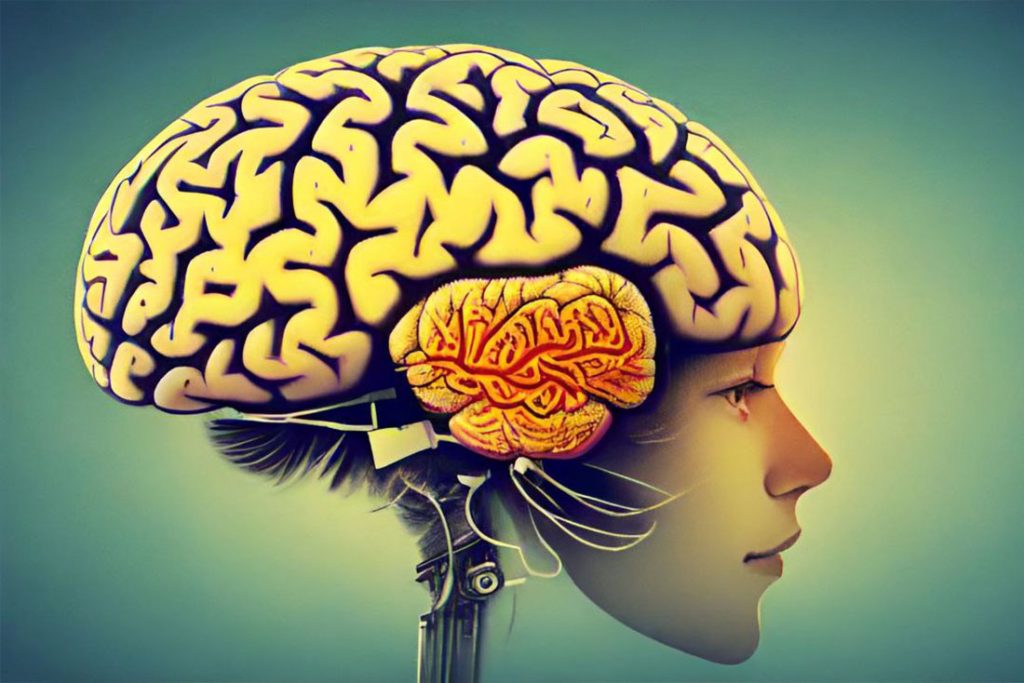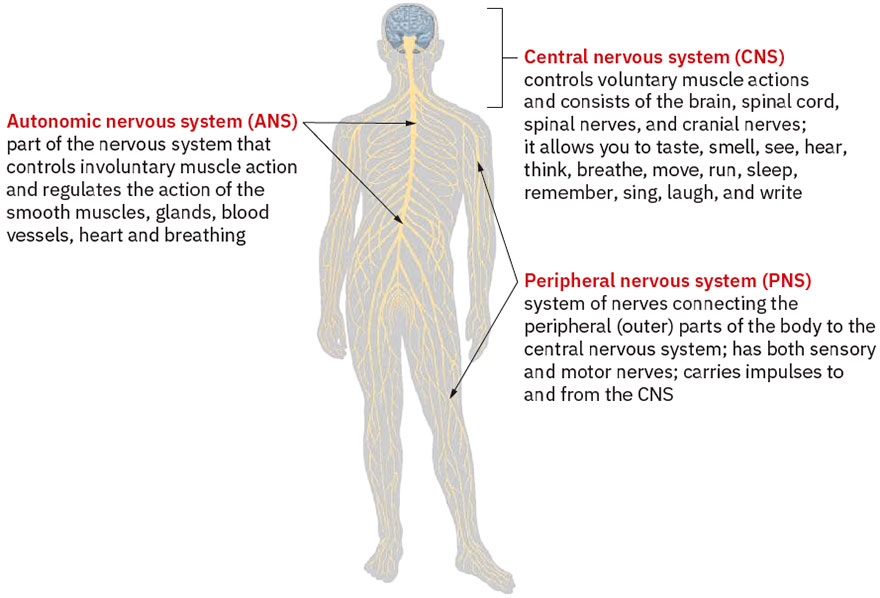The Role of Neurology in Cosmetology: Understanding the Nervous System
Cosmetology might seem a field distant from neurology, primarily concerning beauty and aesthetic enhancements. However, understanding the nervous system is critical in the cosmetology industry, with its impact spanning various practices such as facial treatments, massages, and body therapies. Comprehending the structure, functions, and pathology of the nervous system enhances the cosmetologist’s ability to provide efficient services, ensuring customer satisfaction and safety.

Nervous System
The Structure of the Nervous System
The nervous system, a comprehensive network of nerves, brain, and spinal cord, serves as the body’s central command. It divides into three main subsystems – the Central Nervous System (CNS), the Peripheral Nervous System (PNS), and the Autonomic Nervous System (ANS) – each with a distinct role.
Central Nervous System (CNS)
The CNS comprises the brain and spinal cord, regulating voluntary muscle actions. It is the center of higher functions, enabling a range of activities such as thinking, moving, and sensing the world around us.
Peripheral Nervous System (PNS)
The PNS is a network of nerves that connect the CNS to the rest of the body, transmitting information back and forth. It consists of sensory and motor nerves, controlling voluntary and involuntary movements and sensations.
Autonomic Nervous System (ANS)
The ANS oversees involuntary actions, regulating smooth muscles, glands, heart, blood vessels, and breathing. It maintains the body’s homeostasis, keeping internal systems balanced and functional.

Role of the Nervous System in Cosmetology
Cosmetologists need to understand the nervous system to provide safe and effective services. For instance, during facial treatments, the cosmetologist manipulates many facial muscles controlled by cranial nerves, part of the CNS. A detailed understanding of these nerves and their functions enables the cosmetologist to provide effective and soothing treatments without causing discomfort or injury to the client.
Similarly, in massage therapies, the understanding of the ANS can enhance the therapeutic effect. Certain massage techniques can stimulate the parasympathetic division of the ANS, promoting relaxation and stress relief.
Furthermore, an understanding of the PNS is crucial in cosmetology. This knowledge allows cosmetologists to recognize and respect the zones of the body that are rich in peripheral nerve endings and treat them appropriately.
Understanding the nervous system’s structure and functions equips cosmetologists with the knowledge to perform their duties more effectively and safely. It provides them with the tools to understand the effects of their treatments at a deeper level, allowing them to tailor their services to each client’s needs better. Moreover, with the rise in non-invasive cosmetic procedures that involve neural stimulation, the intersection between cosmetology and neurology will likely grow in the future, making it even more important for cosmetologists to have a firm grasp of the nervous system.






